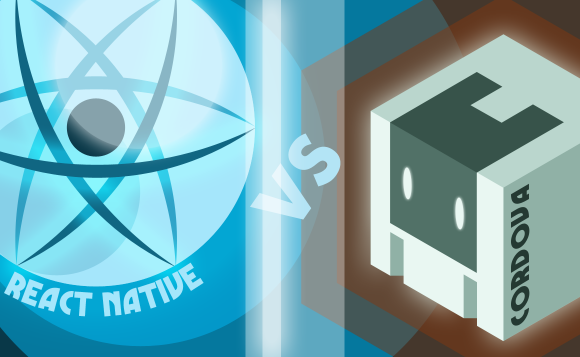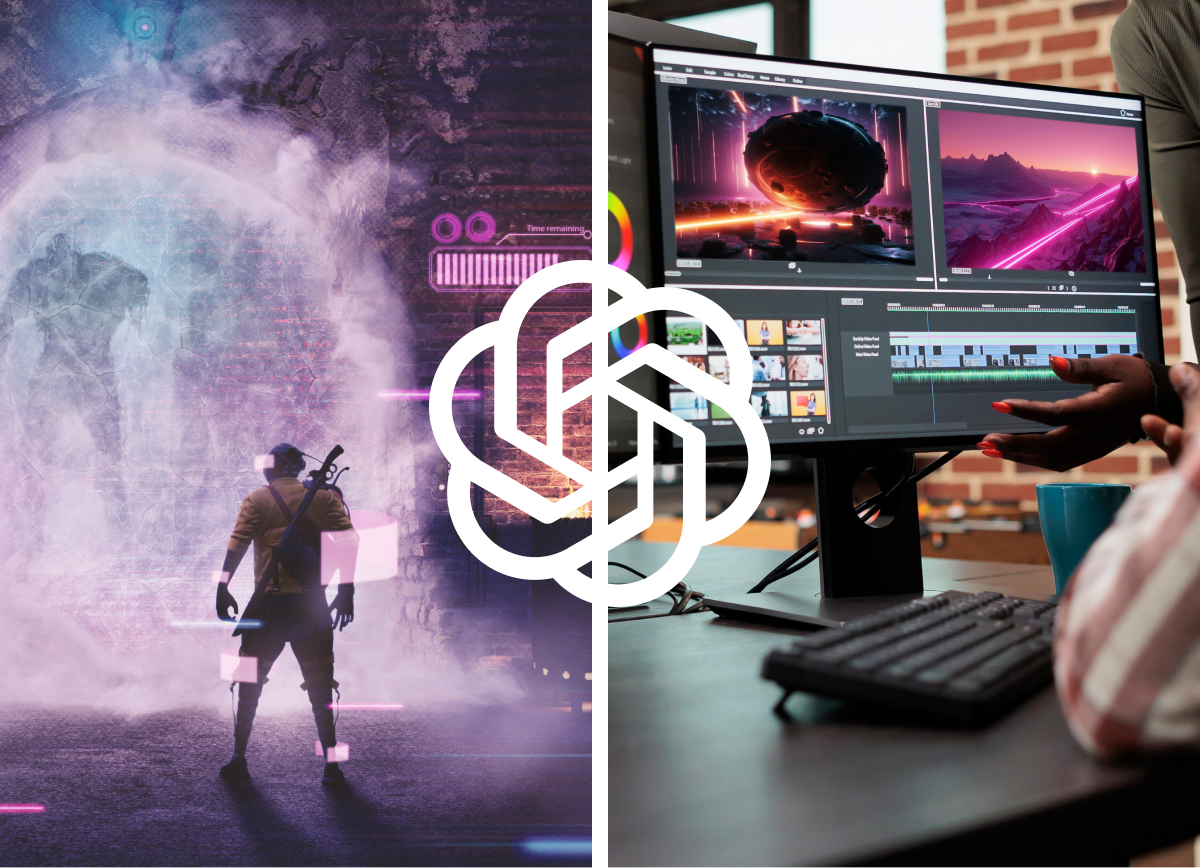
Technological events and trends in the past few years have shown that mobile technology is indeed the future. JavaScript has been a major tool towards achieving this mobile technology world. However, JavaScript, as it was, did not satisfy every need that the mobile development world had, which led to the creation of JavaScript frameworks. These frameworks are somewhat complex plugins which are built around JavaScript to help with the development and management of lightweight mobile apps. Two of the most popular JavaScript frameworks today are React Native and Cordova. From the surface, it may be easy to assume that these two frameworks work the same and can be switched. However, the selection of either of these frameworks depends largely on developer needs and how either of these frameworks delivers these requirements (or their failure to do so).
Before diving into the differences, it is important to understand how these two frameworks differ in their core functioning.
How Cordova Works
Cordova works by placing all the components of a mobile application in a web view. By creating a web environment around the application, Cordova enables developers to use web technologies to develop the application. Applications developed using Cordova usually incorporate web elements such as HTML, CSS, and JavaScript. The result is a web application which runs on mobile devices.
How React Native Works
Unlike Cordova, React Native does not incorporate every web application element into an application. Instead, it uses the Google V8 engine to embed JavaScript logic into the native build (native here means the language which the application is developed from, specific to the operating system which the device uses). In other words, React Native only uses the JavaScript component of web development to compile the different native components of the application. The result is a high-performance user interface.
Comparing React Native with Cordova
As earlier mentioned, the differences between these two frameworks are evident in their functioning. The following are some of the differences that stand out.
Philosophy
The world of coding runs on a common principle of “write once, reuse everywhere” and this is the kind of concept which Cordova adapts. With Cordova, applications which were initially developed to be web platforms can be translated easily into a mobile application. The benefit here is that there is a high level of code reuse made possible by Cordova, so a developer can simply take the pre-written code and translate it into a Cordova-based mobile application.
With React Native, however, coding is a little different. Because React Native builds JavaScript around Native codes (such as Java and Objective C), code reuse is not supported to a great extent. React N uses a “learn once, write everywhere” policy. It becomes impossible to adapt code from one platform to the other because they are built around native codebases. Sometimes, developers prefer if elements such as UI to retain native elements to their specific platforms, perhaps for faster performance. React Native provides a framework for such concepts more efficiently compared to Cordova.
Liberty to Develop
Cordova works by running single page applications on mobile devices using their inbuilt web browsers (WebView). However, instead of running them as web applications, it wraps them as native applications so that users appear to be using mobile apps instead of navigating through websites. This gives developers the freedom to work with any available framework or library. Cordova simply helps them to bundle any of the web technologies available into a mobile app.
React Native differs from Cordova in that it is built around the React framework (as the name implies). Furthermore, React N does not use the typical web tools such as HTML and CSS to implement its platforms. It uses JavaScript for all these functions. Styles are written inline with functions instead of using CSS. React Native also has its packaging tool called JavaScriptCore which is used to package most of the functional code, eliminating the need for native mobile application code to handle them.
Look and Feel
Since Cordova applications are web applications, there are some components which users may find irritating or strange at first. Visual responses, especially, can be a bit problematic. There have been reports of delays when it comes to tapping buttons or even scrolling of screens. This is perhaps because while they may look like native applications, Cordova apps are running on web platforms and not directly on the mobile device native software. There is also no access to native mobile controls; they would have to be re-created or implemented through existing native modules. This would still require the use of third-party libraries and more effort from developers.
React Native, however, offers access to native components of mobile applications. But even with the access of these components, one would have to do more work into adding specific native components for specific native environments. This is because some components of one platform may not be available in another, and it is up to the developer to integrate what the application will need into the codebase of the application.
Performance
Because Cordova runs on a WebView, it is susceptible to the limitations of WebView as a platform. The Single-threaded nature of JavaScript also places our applications in the danger of bugs if a lot is going on. These issues make Cordova based applications significantly slow and non-responsive, especially when it comes to animations.
React Native favors multiple threading during development. What this means is that every element of the user interface can run on its thread, making them easier to develop and debug. React Native links to native views, releasing the heavy processing load from JavaScript back to the native platforms and, therefore, reducing delays.


